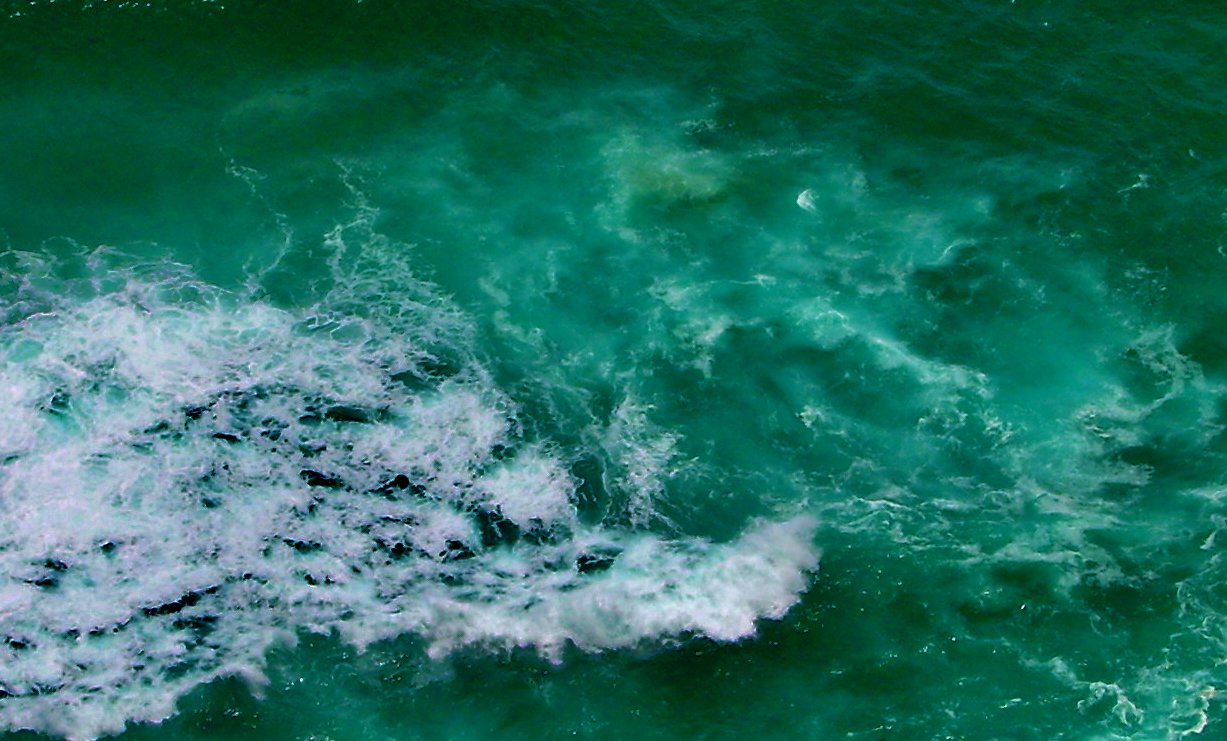
Sacred Breath–
Turbulent Ocean
Sacred Breath – Turbulent Ocean
Commissioned by Sistema Whangarei – Toi Akorangi
Premiere: 5 August 2017
Young musicians of Sistema Whangarei – Toi Akorangi, Whangarei Youth Music Concert Band, New Zealand Youth Symphonic Winds, conductor Anthony Young
New Zealand Concert Band Association Festival 2017
Devonport Ferry Terminal, Whangarei
Programme Note
In 2016 Fiona Douglas approached me to write the piece with the hope that it would be part of the national concert band festival to be held in Whangarei in 2017. In 2014, I had written Saddleback, combining traditional fiddle players, Sistema children learning strings, and the Whangarei Youth Music Orchestra. The commission for Sacred Breath – Turbulent Ocean was to be similar but a little more challenging due to the combination of even more diverse musicians: WYM Concert Band with children from Sistema on recorders, potentially anyone on bucket-drums, and pukaea (traditional wooden trumpet) played by the carvers of the instruments.
Fiona suggested the title. Although we didn’t discuss it much, we both ended up thinking along the same lines: Sacred Breath – Turbulent Ocean explores environmental ideas, in particular the current state of the world’s oceans.
The piece is made up of four sections. The opening builds a sustained texture with the use of the harmonic series. The buckets moved in small circles create a breeze-like noise underneath. The second section features clarinets and woodwinds in a waiata punctuated discordantly with brass. This is followed by a shift in timbre and key to the recorders, playing a pentatonic melody. A pukaea fanfare summons the return of the concert band for the final section with a battery of bucket drummers in a turbulent and raucous reimagining of the recorder melody.
This piece was commissioned by Sistema Whangarei – Toi Akorangi with the assistance of the Creative Communities Fund.
Performance Notes
Massed Buckets: The part assigned to massed buckets is open to anyone keen to play and not restricted to people with musical training. Plain old plastic buckets as one would use around the home are suitable; during the performance the buckets are always upside-down on the floor. A surface on which the buckets will make a good noise could be useful, but not essential.
For the first part, players are creating a sonic gesture by moving the buckets in circles. The next time the massed buckets play, the upside-down buckets are played with drum sticks like a drum. (If there aren't enough drum sticks for everyone, household alternatives such as wooden spoons would be fine; probably better these than hands, which would make much less sound.) A percussionist from the band plays the one-bar rhythm, and the motif is repeated in the following bar until all the bucketeers are playing along confidently. Ideally this should take about three to four times, but it could be longer before the band starts to play again. The same 1-bar rhythm is sustained on the buckets until the last bar of the piece.
Recorders: There are essentially two parts for the recorders - a melody and accompaniment. It is up to the performers to decide who plays the melody, but it was originally intended for a Native American end-blown flute which is pitched the same as a treble (alto) recorder.
If there aren't any recorder players available for the performance, parts are cued in various instruments of the concert band. Which instruments play is entirely up to the conductor, although the melody would probably be best as a solo. The people playing recorders could also play the buckets.
Pukaea: Any number of pukaea can be used for the pukaea, although it was originally imagined for five players. Specific rhythms and pitches are not given. Players are allowed to improvise a characteristic fanfare for the length of time specified and in relation to what else is going on.
Work Details
Instrumentation
Recorders (treble or descant)
Massed buckets with drum sticks
Pukaea (1 minimum)
Piccolo
Flutes 1 & 2
Oboe
Bassoon
Clarinets 1, 2 & 3 in B-flat
Bass Clarinet in B-flat
Alto Saxophones 1 & 2 in E-flat
Tenor Saxophone in B-flat
Baritone Saxophone in E-flat
Trumpets 1, 2 & 3 in B-flat
Horns 1 & 2 in F
Trombones 1, 2 & 3
Euphonium
Tuba
Double Bass
Timpani
Percussion 1 (3 players)
snare drum, bass drum, cymbals, suspended
cymbal, tam-tam, triangle
Percussion 2 (1 player)
glockenspiel, marimba
Duration
6 minutes